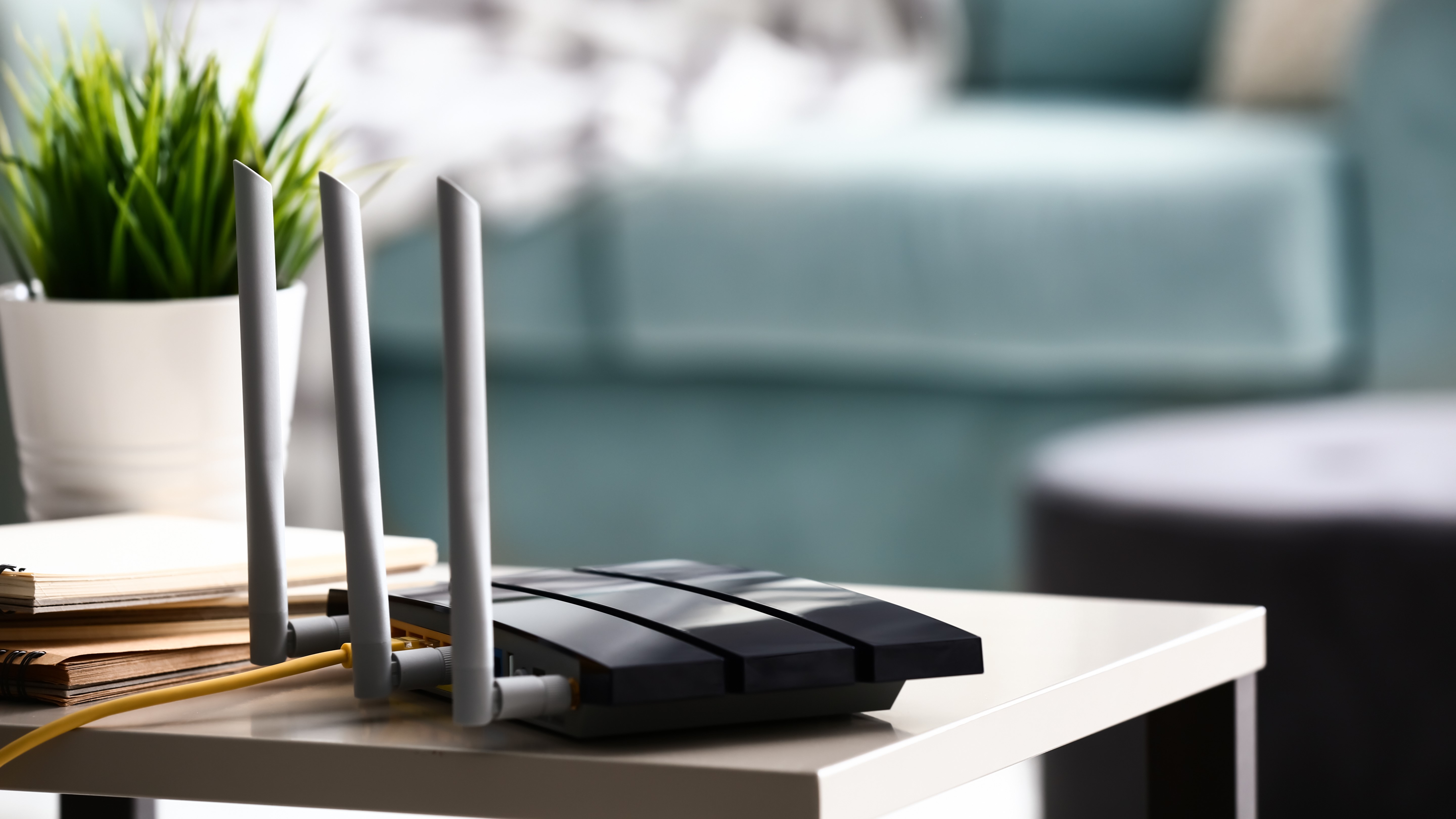Forget Galaxy Ring — Samsung wants to monitor your breathing via Wi-Fi

Samsung’s annual Galaxy Unpacked event took place last week, with no shortage of exciting announcements, from the Galaxy S24 and S24 Ultra smartphones to the forthcoming Samsung Galaxy Ring. However, one recent tidbit of news went unmentioned: Samsung’s new patent on heart rate monitoring via Wi-Fi router.
Of course, patent filings rarely, if ever, get announced at events like Galaxy Unpacked. Moreover, the technology is no doubt a far way off from its primetime debut. Nevertheless, it’s a cool concept and one that provides some insights into what the future of non-wearable smart health monitoring might look like.
How Wi-Fi-based breath monitoring works
This isn’t the first time we’ve reported on such a concept. A little over a year ago, scientists from the National Institute of Standards and Technology (NIST) announced the development of a similar technology that measures breathing via Wi-Fi and, more critically, identifies whether someone may be struggling to breathe.
How does it work? The best Wi-Fi routers and the best mesh Wi-Fi systems continuously broadcast radio frequencies that bounce around and off everything in your home, including you. In fact, any movements you make and even any breaths you take can alter the signal’s path and thus be picked up by the router.
It appears that Samsung’s engineers have now taken the NIST’s idea a few steps further. The filed patent, called “Multi-Antenna Wi-Fi Breathing Rate Estimation,” notes that Samsung’s tech is capable of tracking breaths per minute for multiple users in a household while individually monitoring for respiratory anomalies. It could also be used to monitor for home intruders, similar to motion sensors.
Samsung’s other respiratory monitoring patent
This isn’t Samsung’s only patent for unique approaches to in-home respiratory monitoring. Another one, “Passive Breathing-Rate Determination,” is all about monitoring audible breathing patterns using the built-in microphones already in our smart devices.
According to the patent, this audio data could be augmented with location-based data from a wearable device or other device to better monitor for serious health conditions or events.
Get instant access to breaking news, the hottest reviews, great deals and helpful tips.
Don’t worry, though. Your smartphone microphone is paying no attention to your breathing patterns at the moment — just which buzzy brand names you mention to "better" serve ads on social. Of course, this intrusive feature can be switched off. Here’s how to do it on an iPhone and on an Android device.
The future of in-home health monitoring is near
The future of in-home health monitoring will likely not come in the form of one do-it-all device — though the Withings Beamo is pretty dang cool — rather, it will incorporate data from multiple smart devices and wearables to provide the clearest possible picture of user wellness.
Patent filings like these just bring us one step closer to that reality. And who doesn't want a future with fewer doctor's visits and more personal wellness insights?
More from Tom's Guide
- The Samsung Galaxy Ring is real — your move, Apple
- Apple Vision Pro — 7 things that surprise me most about this new spatial headset
- 5 smartwatches to watch in 2024: Apple Watch 10, Samsung Galaxy Watch 7 and more

Dan Bracaglia is the Tom’s Guide editorial lead for all things smartwatches, fitness trackers and outdoor gear. With 15 years of experience as a consumer technology journalist testing everything from Oura Rings to instant cameras, Dan is deeply passionate about helping readers save money and make informed purchasing decisions. In the past year alone, Dan has assessed major product releases from the likes of Apple, Garmin, Google, Samsung, Polar and many others.
An avid outdoor adventurer, Dan is based in the U.S. Pacific Northwest where he takes advantage of the beautiful surroundings every chance he gets. A lover of kayaking, hiking, swimming, biking, snowboarding and exploring, he also makes every effort to combine his day job with his passions. When not assessing the sleep tracking and heart rate accuracy of the latest tach gadgets, you can find him photographing Seattle’s vibrant underground music community.
